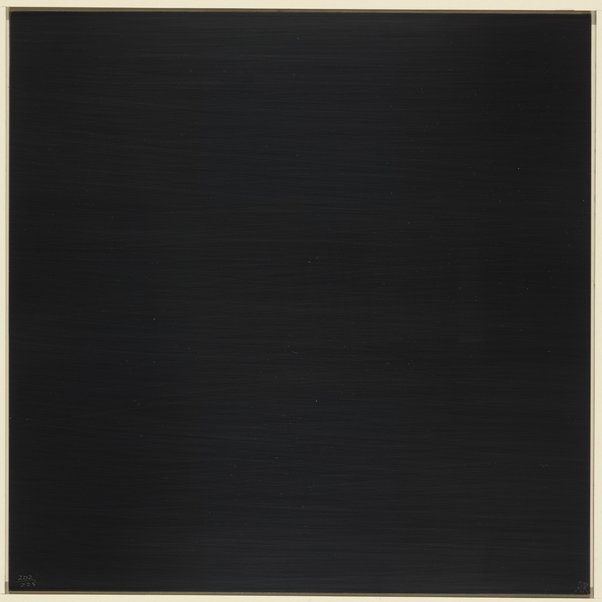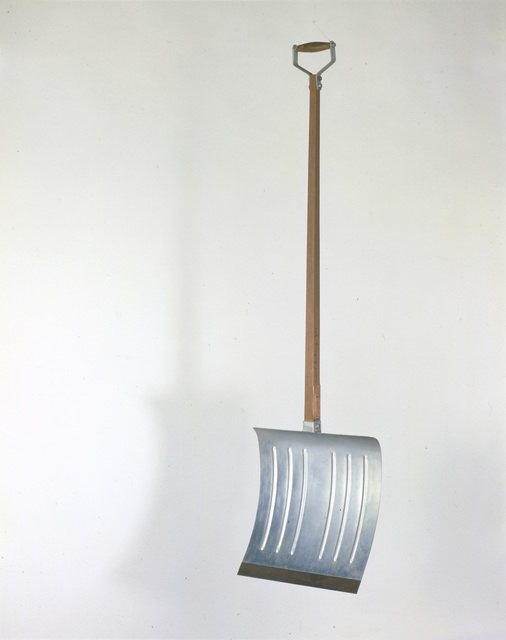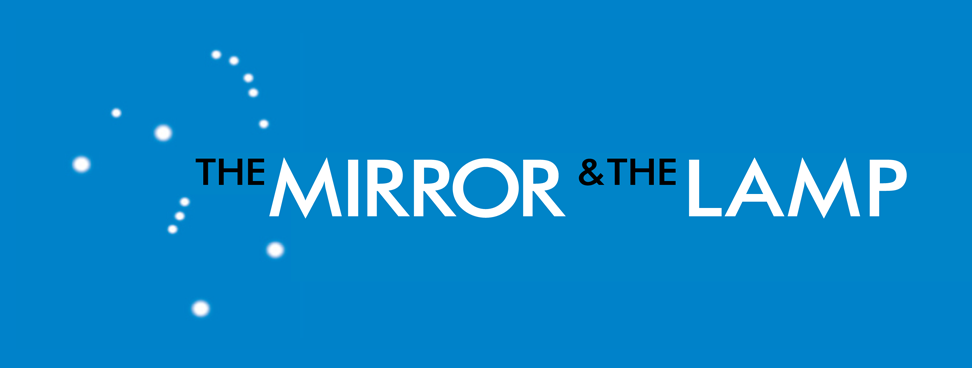In Negative Dialectics, Theodor W. Adorno famously wrote that “[p]hilosophy, which once seemed obsolete, lives on because the moment to realize it was missed.” He’s alluding to Marx’s eleventh thesis on Feuerbach: “philosophers have only interpreted the world in various ways; the point is to change it.” (I like Baudrillard’s riposte: “activists have only changed the world in various ways; the point is to re-interpret it.”)
The realization of philosophy was the reconciliation of theory and practice, i.e. concrete, real-world freedom for all, a “polis without slaves.” The missed opportunity – the point at which freedom for all could have been achieved – was presumably the Bolshevik Revolution, which led to totalitarianism.
Personally, I’m skeptical of the idea that the Bolshevik Revolution would have resulted in a worker’s paradise but for the perfidy of the West, which Adorno seems to have believed at least as of his discussions with Max Horkheimer in 1956 (see Horkheimer and Adorno’s Towards a New Manifesto, 2011). But that’s another matter.
Adorno appears to have settled down in the view that although capitalism was bad, “actually existing communism” was worse, and the best we can hope for is the life provided by the liberal democratic welfare state – what Herbert Marcuse called the “smooth, comfortable unfreedom” of “one-dimensional society.” We can forget about the reconciliation of theory and practice. Instead, we should devote ourselves to alerting the victims of one-dimensionality to their oppression, from which they are distracted by the culture industry. There’s no viable path to communism, and attempts to act on the delusion that there is will provoke the “system” to turn from the soft power of consumerism to the coercive instruments of the police state – as Adorno thought the student movement of the 1960s was causing it to do.
Communism, then, was a failed dream, and political utopianism of any kind was downright dangerous. Are Adorno’s views on art analogous?
Adorno both depended on and dissented from Hegel’s philosophy of art. For Hegel, the artwork as an expression of freedom had been superseded by the more adequate understanding of freedom provided by philosophy and institutionalized in the modern state. Adorno, of course, rejected that claim. What Adorno said about why philosophy lives on, he might have said about art as well. However, it’s questionable that art, as the sensuous expression of freedom, can in fact flourish in the “totally administered society.” When people’s needs have been degraded to the point where they are satisfied by the fetishized commodities that mass production makes easily available to all, genuine images of human wholeness that evoke as-yet-unrealized aspirations can hardly be recognized.
In fact, such images may be worse than useless because the vision of wholeness they provide can work to conceal the spiritual emptiness of modern society, thus reconciling people to their alienation. Modern art, if it is to be true to itself – that is, if it is to preserve its aspiration to express freedom – must abandon the traditional aesthetic values of beauty and harmony and devote itself instead to exhibiting its inevitable failure to achieve these values. And in fact, Adorno thinks, this is exactly what the best modern artists have done.
The structure of the “ideal” modern artwork seems to be something like this: an attempt to achieve formal autonomy that achieves the illusion of autonomy in a way that exhibits its illusory status. Because such a work will not possess the aesthetic immediacy of traditional art, engaging with it provokes more thought than affect: one is challenged to “figure it out.” In general, what one figures out is that the contradictory thoughts to which the work gives rise mirror the contradictions of the society in which it was made, thus indicating the fragmented and alienated character of that society.
A fairly straightforward example of a modern artwork that answers to this description is Abstract Painting by Ad Reinhardt from the early 1960s.

On the one hand, the painting seems autonomous: it is “about” nothing but itself. Its autonomy, however, is achieved by its refusal to offer the viewer anything at all in the way of aesthetic value. It withdraws from the world without actually leaving the world, where it functions superbly as an investment, a source of status, material for journalism, etc.

An even “purer” example is Marcel Duchamp’s In advance of the broken arm (1915, 1964), an unmodified snow shovel.

Works like Reinhardt’s and Duchamp’s, by showing what it takes to achieve artistic autonomy in the modern world, express the heteronomous character of that world. That this is the only way for art to live on after the moment to realize it was missed demonstrates the unfreedom at the basis of modern society. Reinhardt’s Abstract Painting and Duchamp’s In advance of the broken arm were to art what actually existing communism was to the world imagined by Karl Marx: monstrous, but revealing, deformities.

